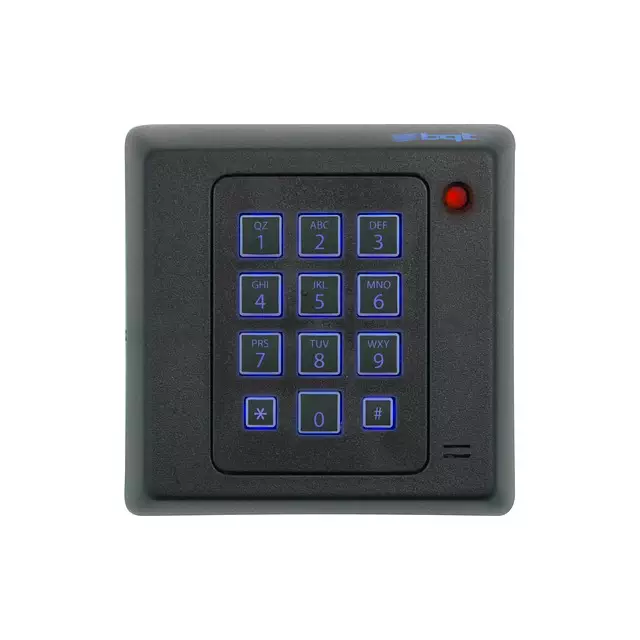Rodent infestations require understanding mouse and rat behaviors, focusing on warmth, food, and water sources. Early detection involves identifying entry points and sealing gaps. Regular inspections and ongoing prevention are key. Traditional methods have drawbacks, leading to a demand for modern, non-toxic alternatives like smart sensors and eco-friendly traps. DIY solutions are suitable for minor cases, but severe infestations need professional expertise. Consistent vigilance, strategic solutions, and proactive maintenance ensure a rodent-free environment.
Rodent infestations can quickly turn from a nuisance to a significant problem, causing damage and health risks. Understanding these persistent creatures and their behaviors is the first step towards effective rodent control. This article provides an in-depth guide to navigating and mitigating rodent issues, covering everything from identifying entry points and preventive measures to modern alternatives and DIY solutions. Learn how to create an impenetrable barrier against rodents and maintain a pest-free environment with expert strategies.
Understanding Rodent Infestations: Common Types and Behaviors

Rodent infestations can be a significant concern for homeowners and business owners alike, as rodents like mice and rats are adept at finding their way into buildings. Understanding their behaviors is crucial in implementing effective rodent control measures. These pests are known to exhibit specific patterns of activity, seeking out food, water, and shelter. They are excellent climbers and can gain entry through tiny gaps, pipes, and vents. Once inside, they establish nests in secluded areas, often behind walls or in attics, creating a comfortable habitat.
Different rodent species have distinct preferences and behaviors. Common house mice, for instance, prefer areas close to food sources and warm environments. They are active during the night and are known to leave behind droppings and urine as signs of their presence. Rats, on the other hand, are more adventurous and can travel further in search of food. They are also nocturnal but are attracted to places with abundant water sources. Recognizing these patterns can help in identifying infestations early and selecting appropriate rodent control solutions for effective prevention and removal.
Identifying Entry Points: Locating Weak Spots in Your Home or Business

Rodent control begins with identifying entry points. These are the weak spots in your home or business where rodents can find their way in. Look for any gaps, cracks, or openings around pipes, wires, doors, and windows. Even small holes can provide access, so it’s essential to seal these areas with materials like steel wool, caulk, or foam insulation. Regular inspections are crucial; rodents are adept at finding new entry points, especially during different seasons.
By thoroughly checking your property, you can spot potential entryways and take proactive measures. Using bright lights during inspections can help reveal hidden spaces where rodents might be hiding or building nests. Remember, preventing rodent intrusion is an ongoing process that requires regular attention to maintain a secure environment.
Preventive Measures: Creating an Unwelcoming Environment for Rodents

Creating a robust rodent control strategy starts with making your environment less inviting for these pests. Prevention is key in effective rodent management, and there are several simple yet powerful measures to implement. One of the primary goals is to minimize access points by sealing any gaps or holes larger than 1/4 inch around pipes, wires, doors, and windows. Regularly trimming trees and shrubs away from your home’s exterior also helps, as it reduces hiding spots and potential entry points.
Additionally, maintaining a clean and clutter-free environment is crucial. Storing food in airtight containers and promptly cleaning up spills or crumbs can deter rodents, as they are attracted to sources of food. Ensure proper waste management by keeping trash cans secure and regularly removing compost piles or other organic materials nearby. These preventive measures form the first line of defense in keeping rodents at bay.
Traditional Rodent Control Methods: Traps, Poisons, and Repellents

Traditional rodent control methods have long relied on traps, poisons, and repellents as primary weapons against these persistent pests. Traps, ranging from classic snap traps to more modern options like glue boards, are designed to capture or kill rodents upon contact. However, these methods can be both inhumane and ineffective, especially with clever rodents that learn to avoid them. Similarly, rodent poisons, while effective in the short term, pose significant risks to pets, children, and wildlife, leading to a need for more cautious application. Repellents, on the other hand, offer a non-lethal approach by deterring rodents through scent or taste, but their effectiveness can be inconsistent and they often require frequent reapplication.
These traditional methods, while readily available, may not address the root causes of rodent infestations. They also contribute to an ever-evolving arms race as rodents develop resistance to poisons and learn to bypass traps, underscoring the need for innovative, modern solutions in rodent control.
Modern Alternatives: Non-Toxic Solutions and Advanced Technology

In today’s world, when it comes to rodent control, there’s a growing demand for modern alternatives that are both effective and non-toxic. Traditional methods often rely on harmful chemicals, but advancements in technology offer safer solutions. Non-toxic rodent proofing products utilize natural ingredients and innovative designs to repel and eliminate rodents without causing any harm to humans or pets. These products can include essential oils, natural repellents, and eco-friendly traps that are designed to be humane and environmentally conscious.
Moreover, advanced technology plays a crucial role in enhancing these non-toxic solutions. Smart sensors and monitoring systems allow for real-time tracking of rodent activity, enabling proactive measures instead of reactive ones. Automated, low-noise traps with adjustable settings ensure effective capture while minimizing distress. These modern alternatives not only provide robust rodent control but also align with the growing preference for eco-friendly and humane methods in the pest management industry.
DIY vs Professional Services: When to Take Action Yourself

When it comes to rodent proofing, there’s a common dilemma: whether to tackle it yourself or hire professionals. DIY methods can be an effective and cost-saving option for minor issues or early signs of infestation. There are numerous do-it-yourself solutions available, from sealing entry points with caulk to setting traps. These steps can buy you time and help manage the problem temporarily. However, for severe or persistent rodent infestations, professional services offer a more comprehensive approach.
Experts in rodent control have the necessary tools, knowledge, and experience to identify all potential entry points and implement tailored strategies. They use safe and effective methods, ensuring your home or property is treated thoroughly and humanely. If you notice extensive damage, consistent signs of rodents, or are unable to resolve the issue yourself, it’s time to call in the professionals for robust and long-lasting rodent control.
Maintenance and Long-Term Strategies for Effective Rodent Proofing

Maintaining a rodent-free environment requires ongoing effort and strategic thinking. Regular inspections are key; checking for any signs of infestation, entry points, or potential food sources should be part of your routine. By staying vigilant, you can catch issues early, preventing a reoccurrence. Sealing entries, maintaining cleanliness, and storing food securely are long-term strategies that form the foundation of effective rodent proofing.
Additionally, implementing a robust rodent control system involves using eco-friendly traps or repellents, ensuring proper ventilation, and addressing any moisture problems. These measures not only deter rodents but also create an inhospitable environment, encouraging them to search elsewhere for shelter. Regular maintenance and a proactive approach will ensure that your space remains protected, providing a peaceful and healthy living or working environment.
